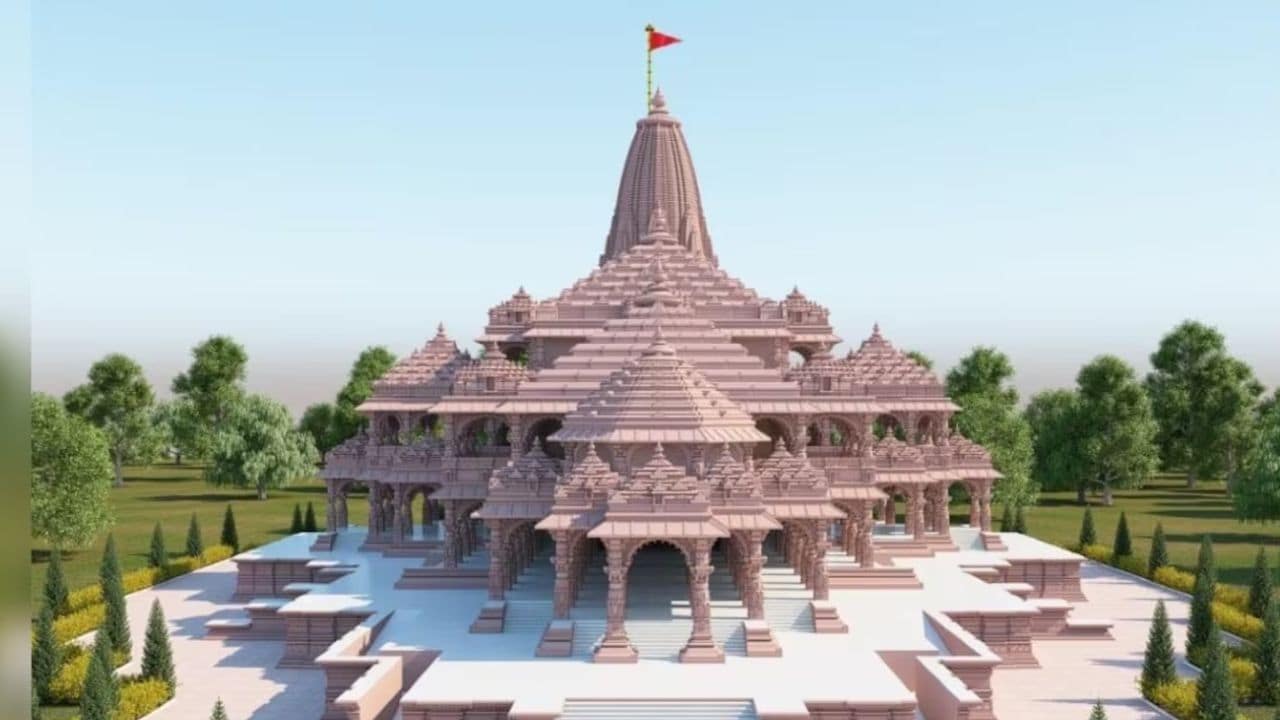The consecration ceremony of the Ram temple in Ayodhya, led by Prime Minister Narendra Modi, is one of the biggest events in India’s recent history. The temple and the transformation of the ancient city of Ayodhya will have a huge economic impact, as India gets a new tourist hotspot, which could attract 50 million plus tourists per year, said brokerage firm Jefferies.
“A $10 billion makeover (new airport, revamped railway station, township, improved road connectivity, etc) will likely drive a multiplier effect with new hotels and other economic activities. It can also set a template for infra-driven growth for tourism,” said Jefferies.
Before the pandemic, tourism contributed $194 billion to FY19 GDP. This is now expected to grow at an 8 percent CAGR to $443 billion by FY 2033. Currently, the tourism-to-GDP ratio in India, at 6.8 percent of the GDP, puts the country below most of the large emerging and developed economies, which are higher by 3-5 percentage points.
The makeover is now set to transform the ancient city into a global religious and spiritual tourist hotspot. “The new Ram temple comes up at the cost of $225 million. Tourism is projected to surge,” Jefferies said. Amid increased economic and religious migration to Ayodhya, “multiple sectors stand to benefit including hotels, airlines, hospitality, FMCG, travel ancillaries, cement etc”, the report issued by the firm added.
Ayodya has been upgrading its infrastructure, making it accessible to domestic and international inflow. In addition to upgrading the railway station to handle 60,000 passengers a day, Phase 1 of Ayodhya Airport, built at a cost of $175 million, can handle 1 million passengers. An international terminal that is expected to come up by 2025, will have the capacity to handle 6 million passengers.
Earlier, India’s G20 presidency provided an unparalleled platform to promote tourism in India with thousands of delegates visiting and travelling across the length and breadth of the country, according to Jefferies.
